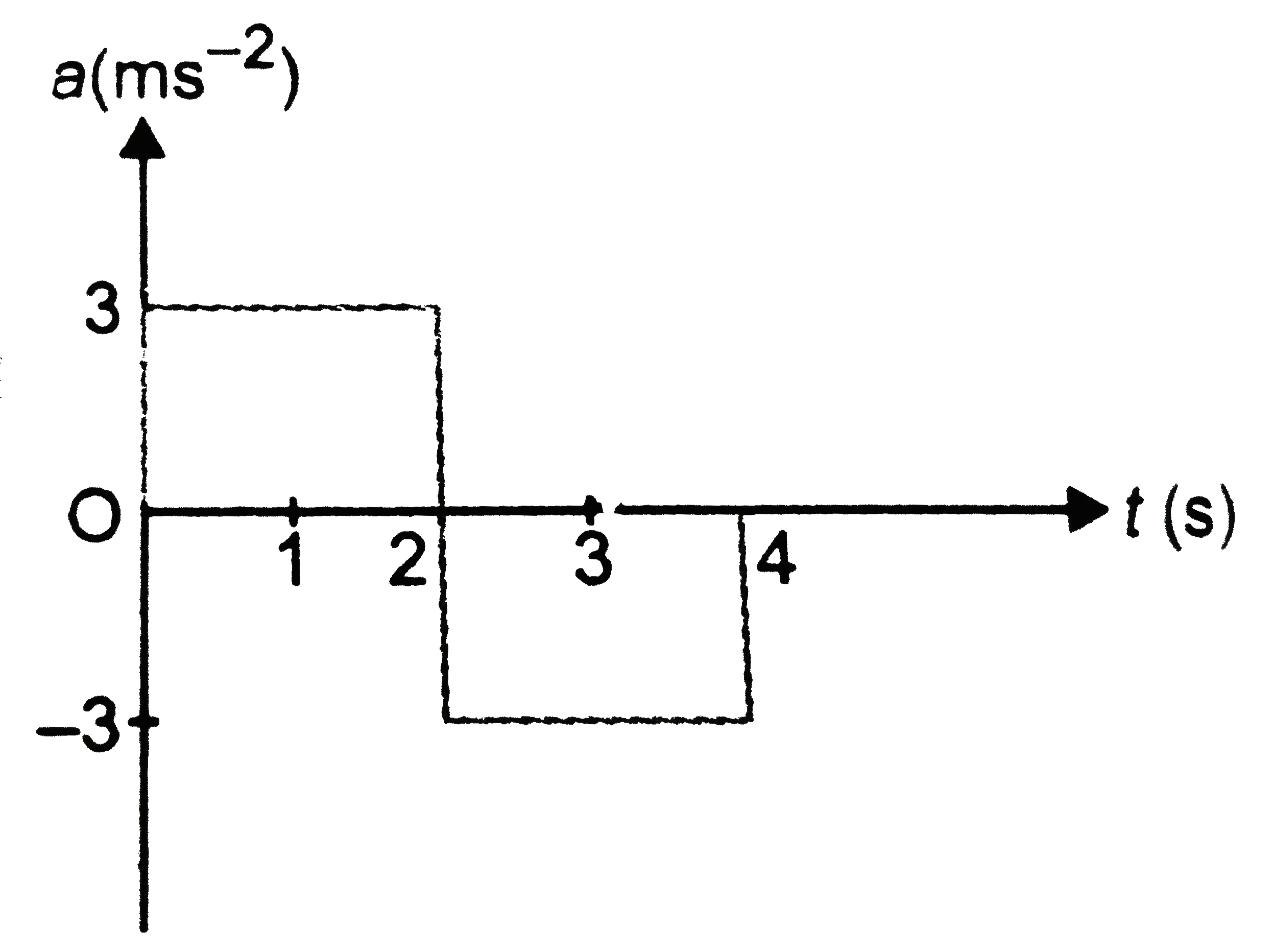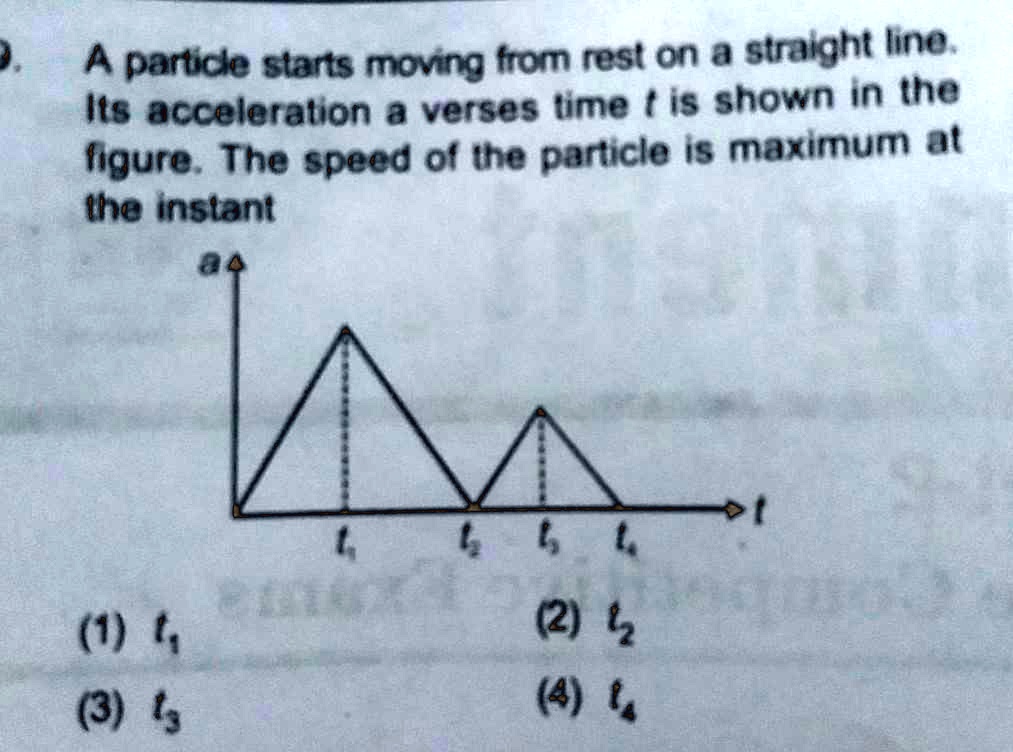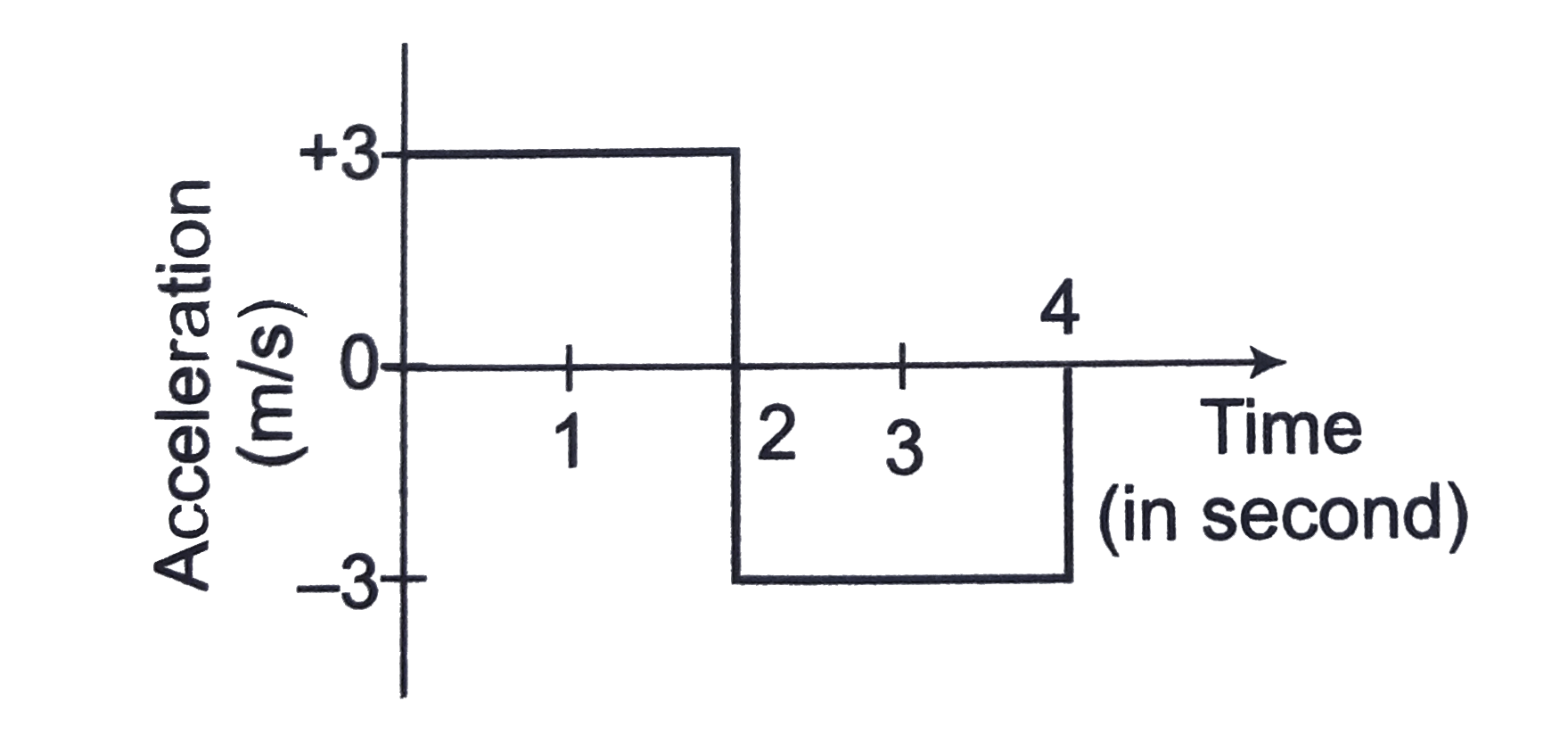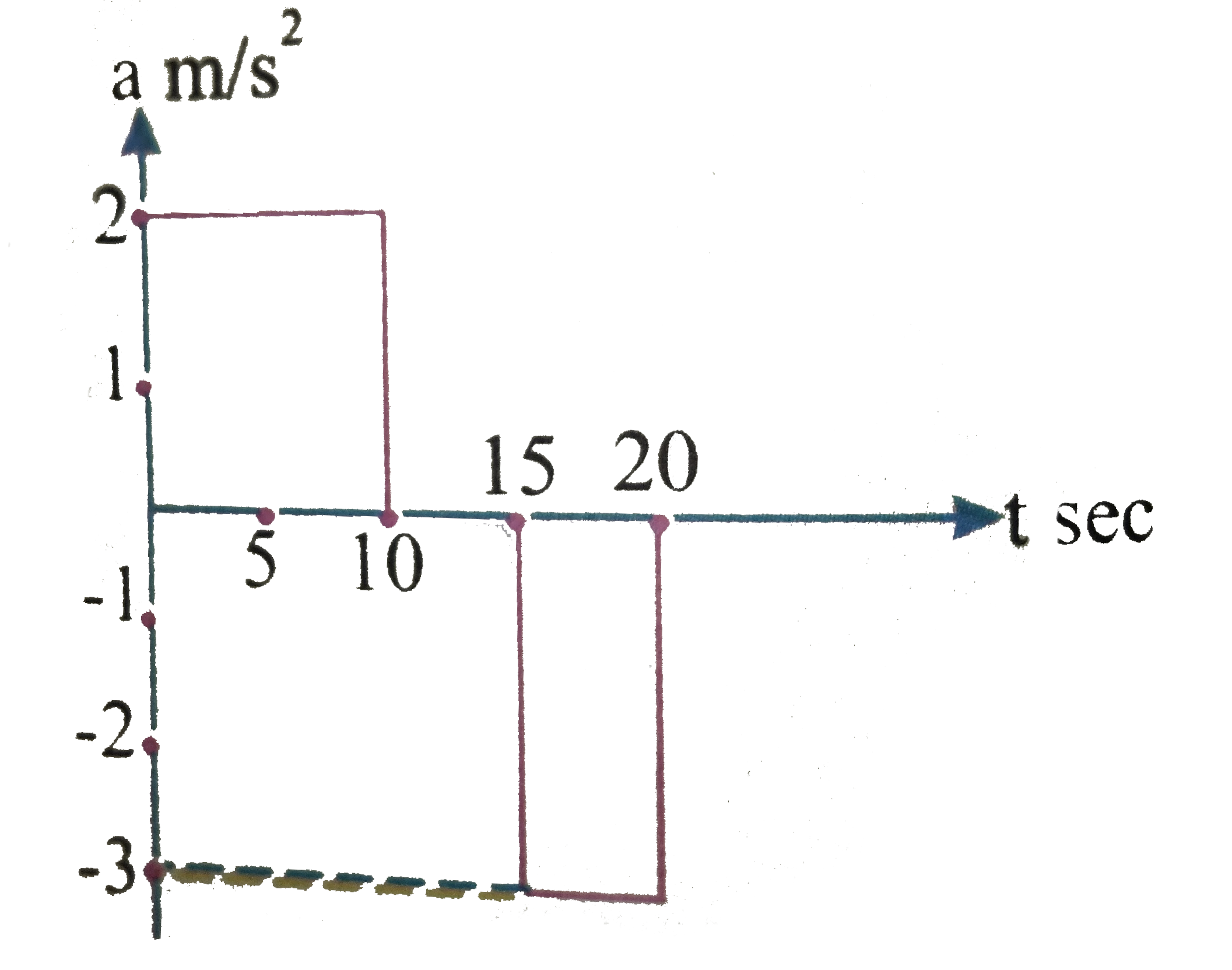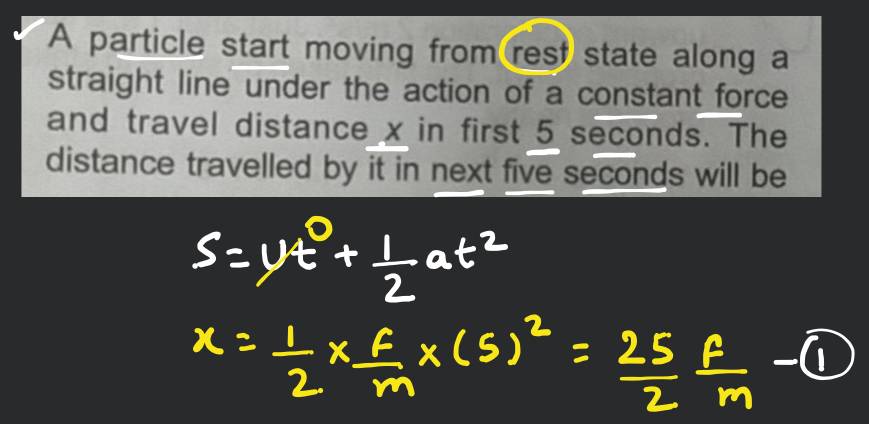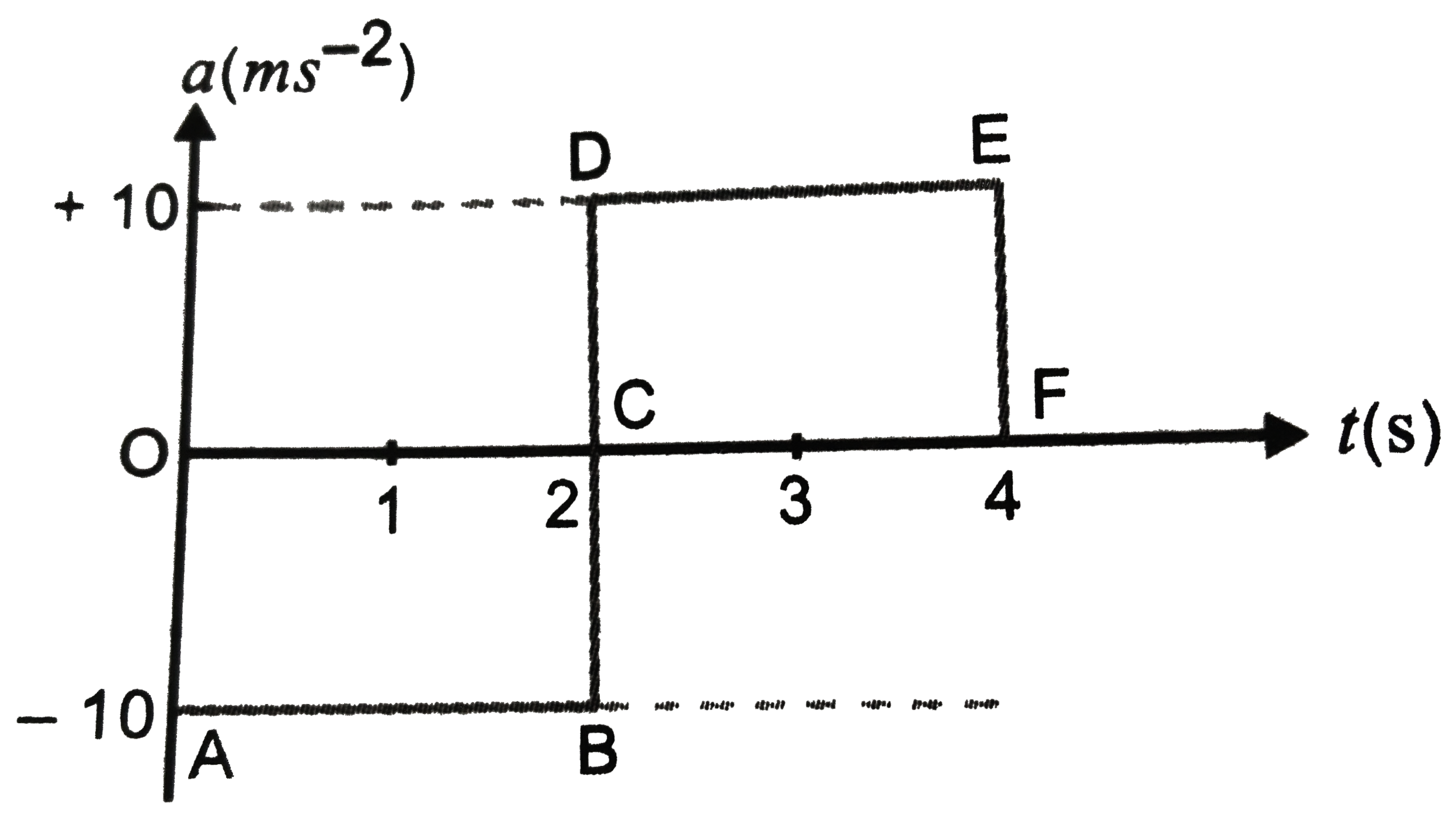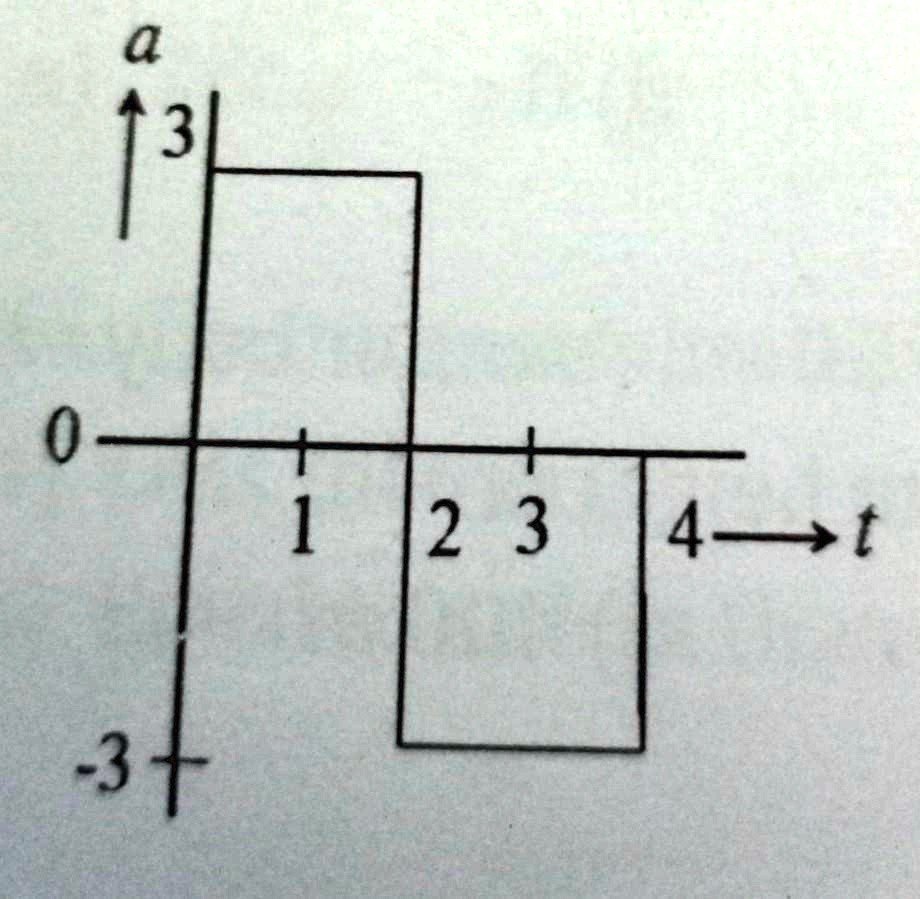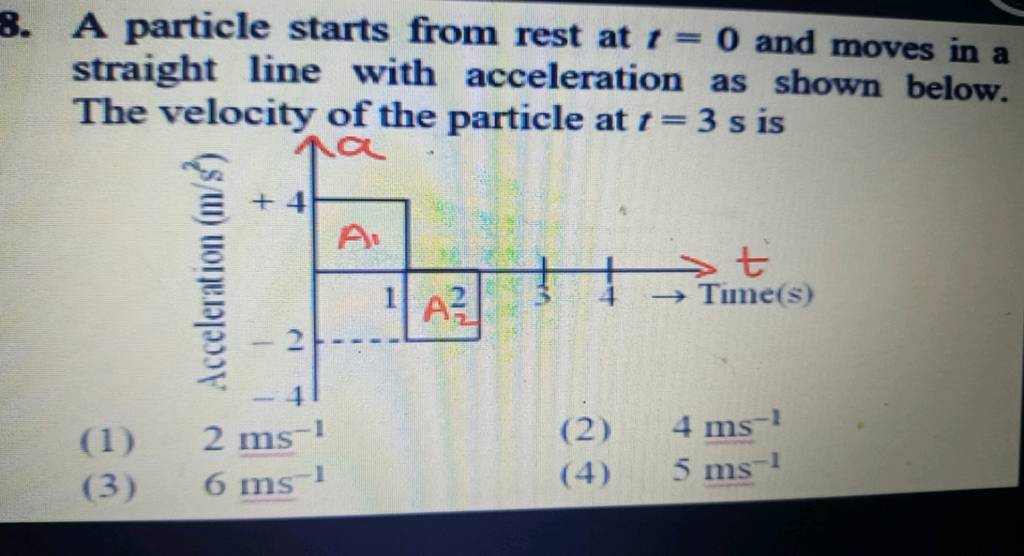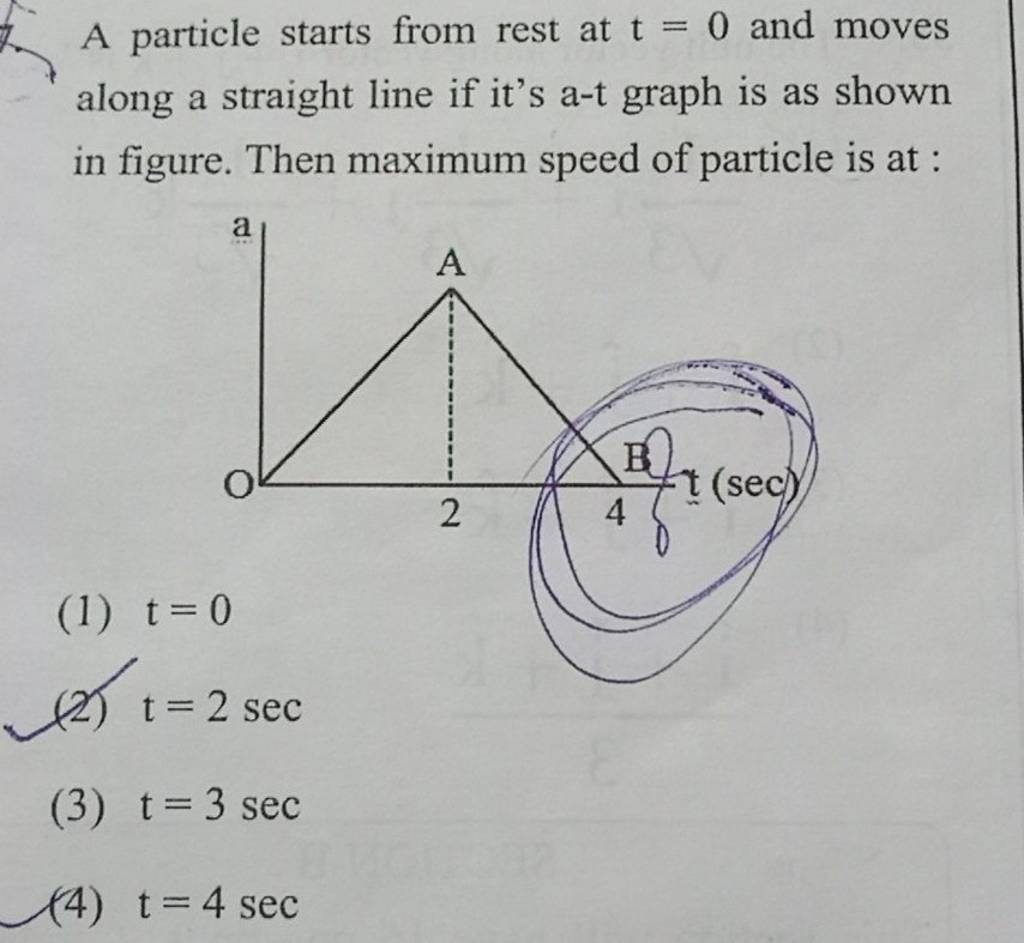A Particle Starts From Rest At The Point 2 0

Imagine a microscopic world, a landscape governed by forces unseen yet ever-present. Picture a single particle, poised at a specific location, a silent observer in a vast expanse. It’s a realm where even the smallest movements can ripple outwards, affecting the very fabric of existence, or at least, the equation we’re about to unravel.
This is the story of a particle that began its journey from rest at the point (2, 0), a seemingly simple starting point that opens up a fascinating exploration into the world of physics, motion, and the profound implications hidden within a few numbers.
This article delves into the trajectory of this particle, analyzing its movement, the forces acting upon it, and ultimately, understanding what its journey tells us about the fundamental principles governing motion.
The Initial State: A Particle at Rest
Our protagonist, a particle (think of it as an extremely tiny ball), starts at a very specific place: the point (2, 0) in a two-dimensional coordinate system.
This location is crucial, serving as the initial condition for all subsequent calculations and predictions. Crucially, it's starting from rest meaning its initial velocity is zero.
Why (2, 0)? The Significance of Location
Why this particular point? While seemingly arbitrary, the choice of (2, 0) provides a concrete example for understanding general principles.
Think of it as setting the scene for an experiment; we need a known starting point to observe changes and derive meaningful conclusions. It sets the frame.
For example, if there's a force pushing the particle toward the origin, the 2, 0 start is a convenient way to see how the force affects its trajectory.
Forces at Play: What Makes It Move?
A particle at rest will remain at rest unless acted upon by an external force, as stated by Newton's First Law of Motion.
So, what forces are acting on our particle? Without knowing more, we can only speculate, but let's consider a few common scenarios.
Perhaps it's a constant force pulling it in a particular direction, maybe a force that varies with time, or even a more complex force field that depends on its position.
Scenario 1: A Constant Force
Imagine a constant force, let's say pulling the particle directly towards the origin (0, 0). This is the simplest case, leading to uniformly accelerated motion.
The particle's velocity will increase linearly with time, and its position will change quadratically. The particle will gain speed.
The equations of motion become relatively straightforward to solve, allowing us to precisely predict its position at any given time.
Scenario 2: A Time-Varying Force
Now, let's consider a more complex scenario: a force that changes with time. For example, a force that oscillates sinusoidally.
This would cause the particle to oscillate around a central point. Its motion would be more complex than simple linear acceleration.
Analyzing this scenario requires calculus and a deeper understanding of differential equations.
Scenario 3: Position-Dependent Force
Even more intricate is a force that depends on the particle's position itself. Think of a gravitational force, which weakens as the distance from the source increases.
This type of force leads to non-linear motion, often requiring numerical methods to solve for the particle's trajectory. Simulating its path.
Simulations and computational tools become essential for understanding its behavior in such cases.
Mathematical Framework: Describing the Motion
Regardless of the specific force, the fundamental tool for describing the particle's motion is Newton's Second Law of Motion: F = ma, where F is the force, m is the mass, and a is the acceleration.
Since acceleration is the second derivative of position with respect to time, this equation is a differential equation. Solving it gives us the particle's position as a function of time.
The initial conditions (position (2, 0) and zero velocity) are crucial for finding a unique solution to this equation. These set the boundary.
Solving the Differential Equation
The specific techniques used to solve the differential equation depend on the nature of the force. For a constant force, simple integration suffices.
For more complex forces, we may need to employ techniques like separation of variables, Laplace transforms, or numerical methods.
The solution, once obtained, provides a complete description of the particle's motion, allowing us to predict its position and velocity at any point in time.
Implications and Applications: Beyond the Single Particle
While seemingly abstract, this exercise has far-reaching implications. Understanding the motion of a single particle is fundamental to many areas of physics and engineering.
From simulating the trajectories of planets to designing microchips, the principles remain the same. The impact extends widely.
This foundation allows us to explore complex systems by breaking them down into individual particles and analyzing their interactions. It’s a building block.
Connecting to Real-World Scenarios
Consider the design of a missile trajectory. Engineers must precisely calculate the forces acting on the missile (gravity, air resistance, thrust) to ensure it reaches its target.
Similarly, in medical imaging, understanding the movement of particles (like ions or electrons) within a magnetic field is crucial for interpreting the data. Imaging depends on this.
Even in computer graphics, simulating the motion of particles is used to create realistic animations of fluids, explosions, and other dynamic effects. Special effects.
Conclusion: A Journey of Discovery
The simple scenario of a particle starting from rest at the point (2, 0) opens a gateway to a deeper understanding of the laws of physics. It is a starting point.
By analyzing the forces acting upon it and applying the principles of motion, we can predict its trajectory and gain insights into the fundamental nature of the universe.
It's a reminder that even the smallest, seemingly insignificant events can be analyzed with rigor and precision, revealing profound truths about the world around us. And within us.


